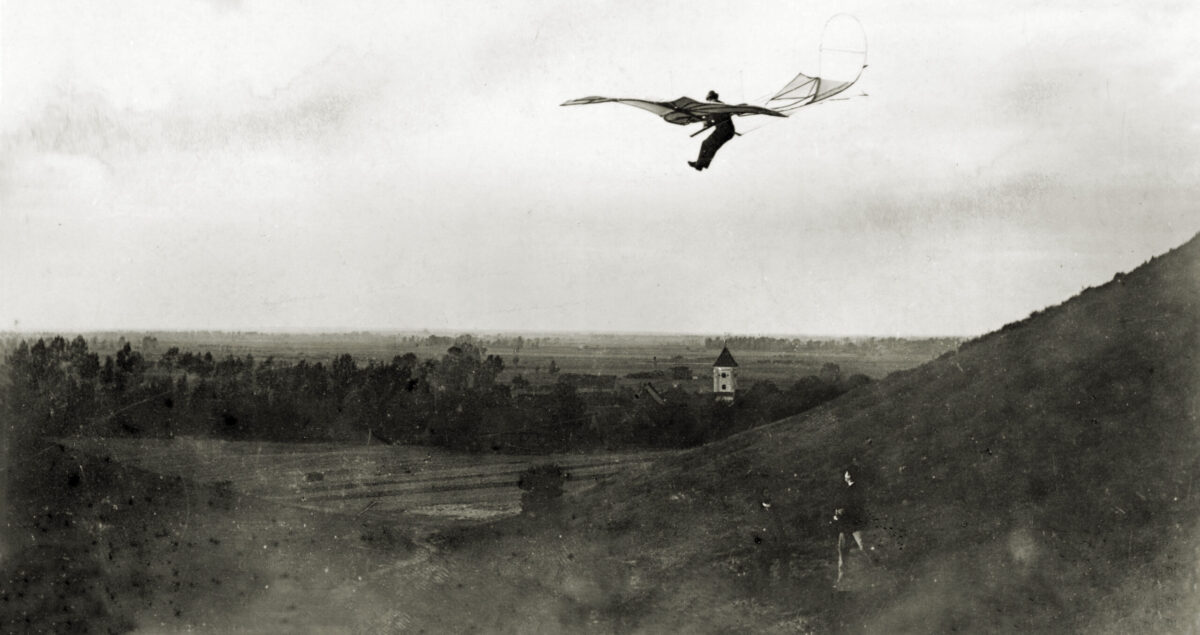Robert W. Wood, an American studying chemistry and physics at the University of Berlin, received a letter from Otto Lilienthal on August 8, 1896. Lilienthal was the German experimenter who had become known as the “Flying Man” after gaining international attention with his glider flights over the previous five years. His letter was an invitation for Wood to join him the following day in the hills north of Berlin, where Wood said the engineer “was in the habit of exercising every Sunday with his flying machine.”
Wood, 28, had watched Lilienthal make several successful flights with his glider the previous Sunday. He had even attempted two glider flights himself, with mixed results. Lilienthal’s glider exercise “produces an impression that can never be forgotten,” Wood wrote. But the American was busy preparing for a trip to Siberia, so he was unable to join his friend this time. As a result, he was “spared the ordeal of witnessing the dreadful accident which caused his death, the news of which reached Berlin the following evening.”
Wood wrote those words from London on October 16, 1896, part of a lengthy description of the flights Lilienthal had made the week before his fatal crash. The story, published later that month in the Boston Evening Transcript newspaper, provides one of the most detailed accounts of Lilienthal and his glider flights, and is a reminder of how the German’s work and the hundreds of test flights he made helped advance the science of aeronautics.
Lilienthal’s life and his death inspired Wilbur and Orville Wright to make history a few years later. “My own active interest in aeronautical problems dates back to the death of Lilienthal in 1896,” Wilbur Wright said, adding Lilienthal had “accomplished so much.”
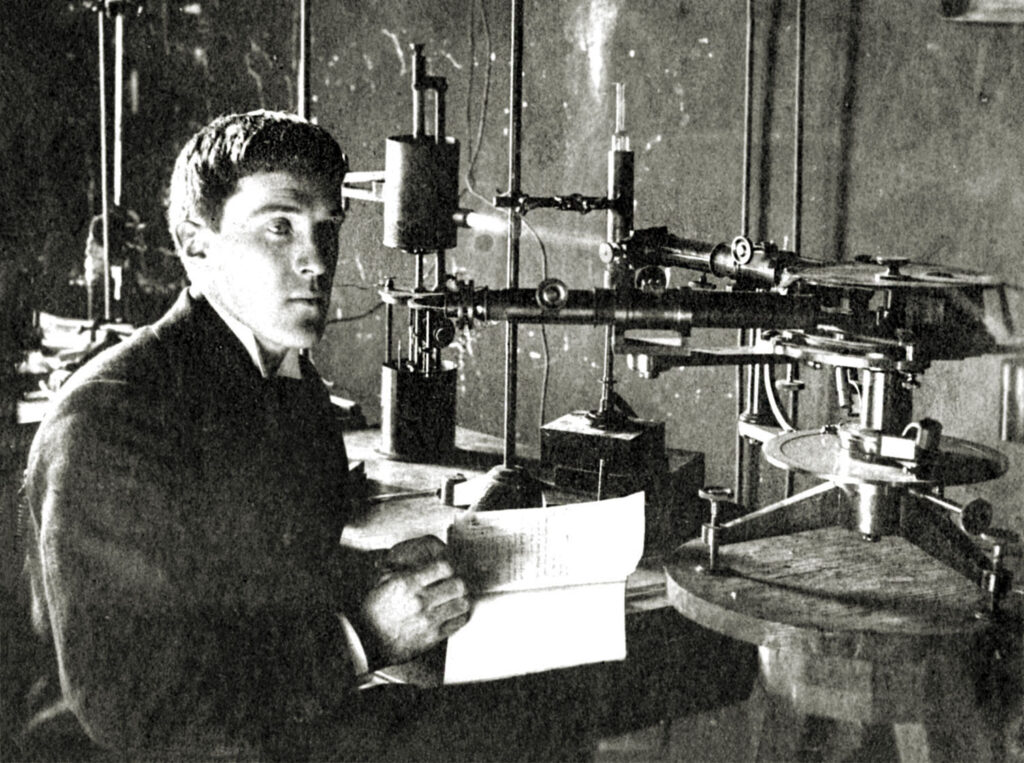
Otto Lilienthal was born in 1848 in Anklam, a town in what was then Prussia. As a child he became transfixed by the flight of birds, mesmerized by and jealous of their ability to glide effortlessly across the sky. His fascination with the shape of different birds’ wings would later help him design the wings of his gliders.
After graduating from Berlin’s Royal Technical Academy in 1870 with a degree in mechanical engineering, Lilienthal volunteered for military service and fought in the Franco-Prussian War. Even before that he had started working with his brother, Gustav (born in 1849), to study and build gliders. These early studies dated as far back as 1867.
Lilienthal made his living as a mechanical and construction engineer but remained committed to the study of aeronautics. “My brother and I, who were then young and wholly without means, used to spare from our breakfast, penny by penny, the money to prosecute our investigations; and often the struggle for life compelled us to interrupt them indefinitely,” he said. The brothers became members of the Aeronautical Society of Great Britain in 1873 and Otto gave his first public lecture that same year on bird flight.
In 1883 the elder Lilienthal founded a successful company in Berlin that manufactured boilers and steam engines. He later used the factory to build his gliders. In 1889 he published Birdflight as the Basis of Aviation, one of the first scientific studies of aeronautics. The Wright brothers would later use calculations from the book as a guide for their early glider designs.
By the 1890s, hot-air balloons were all the rage, with inventors working on bigger, better airships that could fly faster and farther. Lilienthal was not one of them. “I have always regarded the balloon, and the exclusive attention which it so attracted, as a hinderance rather than a help to the development of the art of flight,” he said in an 1894 story in the New York Herald. “If it had never been invented, it is probable that more serious investigations would have been prosecuted toward other solutions of the problem.”
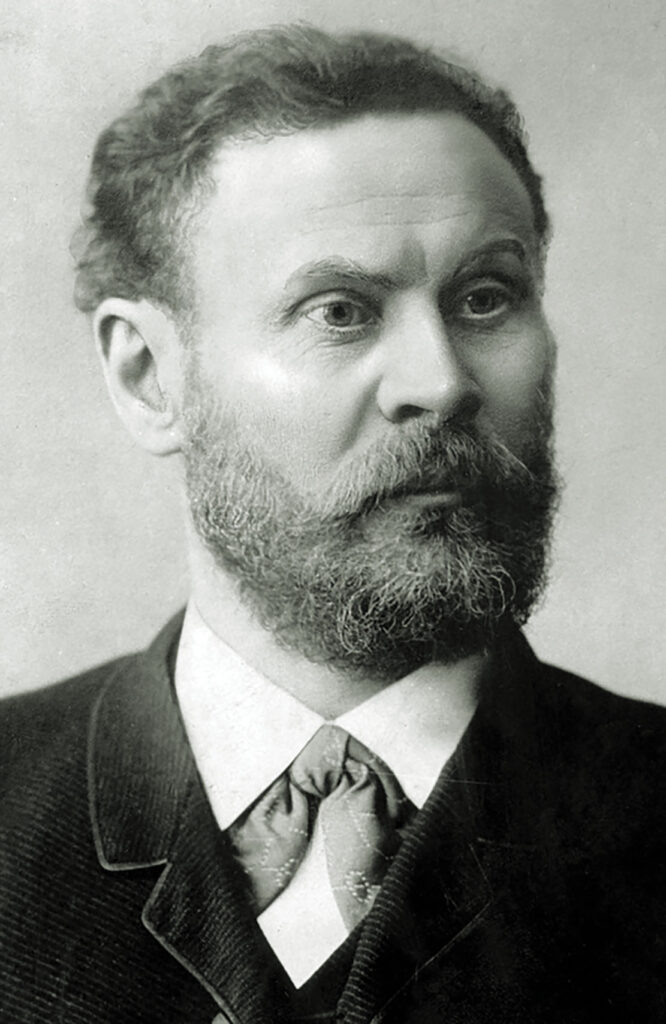
Unlike Lilienthal, many leading scientists of the day remained skeptical about the art of flight. “While we were devoting every moment of our spare time to the solution of the problem, almost everyone in Germany regarded the man who would waste his energies in such unproductive labor as a fool,” Lilienthal told the Herald. Years earlier, a distinguished professor of mathematics at the Berlin Industrial Academy told Lilienthal it would “do no harm” to amuse himself with his glider experiments, “but warned me earnestly against putting any money into them.”
Lilienthal continued to believe that understanding the curved, tapered shape of the wings of flying birds would provide the key to success for manned flight. In Birdflight as the Basis of Aviation, Lilienthal wrote that it is “unmistakable that the wide portion of the wing close to the body, which does little work and has little movement, is intended for sustaining, whilst the narrower tips, with their much greater amplitude of movement, have to furnish the tractive power necessary to compensate for the resistance of the bird’s body and for any possible restraining component.”
Never satisfied with theory alone, Lilienthal constructed his first piloted glider in 1891. He called it the Derwitzer Glider. It had curved wings with a span of 23 feet and weighed about 40 pounds. The design was similar to modern hang gliders.
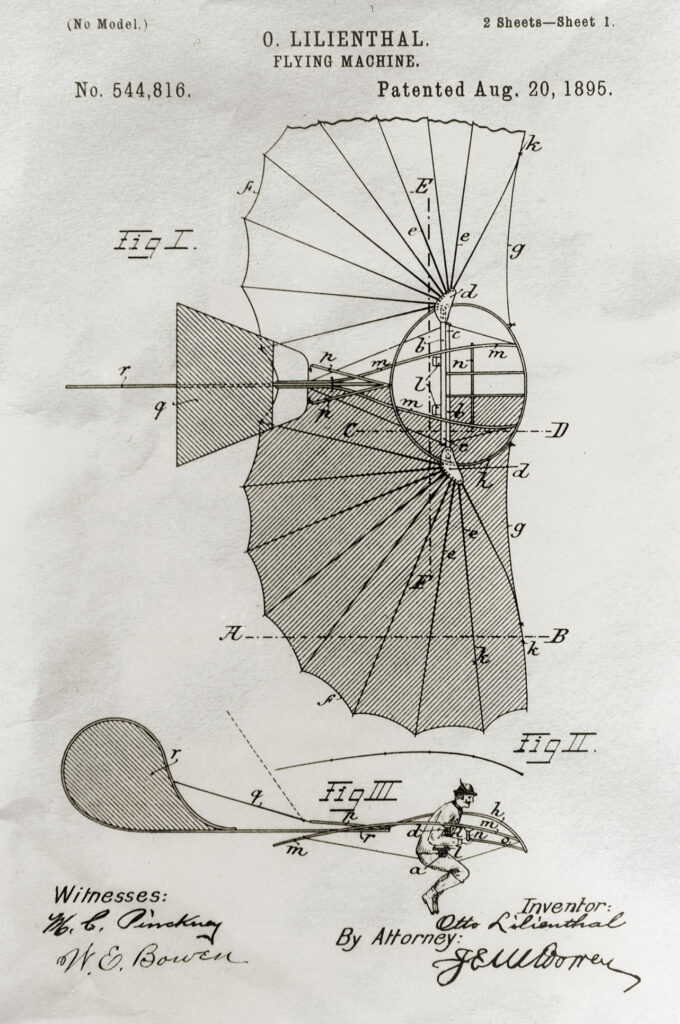
Lilienthal was able to glide about 80 feet in the Derwitzer. Encouraged by this early success, Otto and Gustav built a succession of gliders over the next few years, tinkering with the shape and length of the wings and the materials they used in the quest to make them lighter. They designed nine different models, including a biplane glider and even a version with flapping wings. Early in their experiments, Lilienthal said, he “gave up all efforts toward propulsion, and applied myself to the discovery of the simplest form of wing that would enable me to sail steadily through the air on a gentle incline, and by practice to master the wind, that hereditary foe of all aeronauts.” He later tinkered with a powered glider, hoping to mimic the flapping of the wings of a bird. From 1893 to 1896 he experimented with a small engine powered by carbonic acid. According to a newspaper story from 1894, the motor “acted with such unexpected vigor that the wings were broken, and the modifications thus shown to be necessary will require some time for their completion.”
Lilienthal made more than 2,000 glider test flights and eventually was flying up to 300 yards on a regular basis. Newspaper accounts from around the world described his experiments. “He flies stretches of several hundred yards, and feels as much at home sixty feet above ground as he does six feet,” wrote Britain’s Guardian on December 30, 1893. “He can also guide the machine.” An 1894 headline in the Chicago Tribune declared, “He Flies as a Bird.”
The Flying Man described his latest glider model and the art of flying in a newspaper story published in several American newspapers in 1894. By this point his glider was composed primarily of woven muslin stretched over ribs of willow. In addition to the two muslin-covered wings, this glider had rudders for additional stability; a vertical rudder in the back shaped like a palm leaf and a flat, horizontal rudder in front of the wings. Lilienthal sat on a narrow support seat suspended beneath the apparatus, with his head sticking up above the wings. On some gliders Lilienthal could swing each wing forward as he took to the air to maximize lift. He began a flight at the top of a hill, running against the wind. At the edge of the hill he would leap into the air, spreading his wings as wide as possible, and sail majestically across the sky.
Mastering wind currents was a delicate balancing act. “The operator must be able in a moment to transfer the center of gravity so far to the rear as to overcome the action of the air, which might otherwise tend to throw him forward and precipitate him to the earth,” Lilienthal said. “It is not easy to realize in practice at first, but after a short experience the movement becomes almost involuntary.”
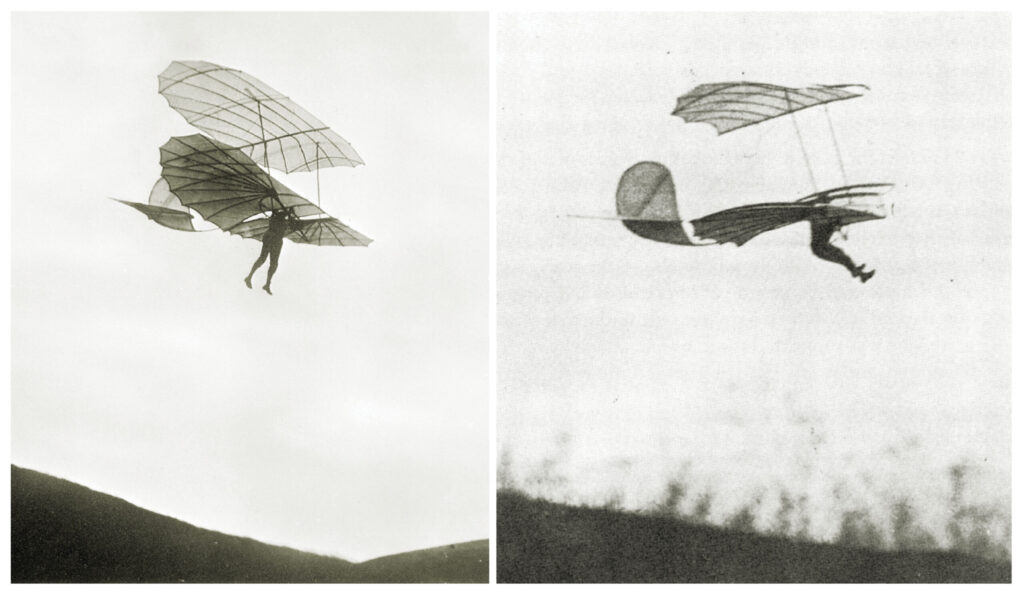
Lilienthal sold at least two of his gliders in 1896. One was to the New York Journal, owned by media mogul William Randolph Hearst, who never turned down an opportunity for publicity. The newspaper recruited a local athlete, Harry Bodine, who attempted to fly the glider on April 24, 1896, “a date which will hereafter occupy a permanent place in the history of aeronautics,” the Journal proclaimed.
Bodine made several attempts to run, jump and glide, but “the wind struck the wings with such force as to almost throw machine and operator over backward.” Someone then suggested flying the glider as a manned kite. Local illustrator Frank Ver Beck was on hand and he volunteered to pilot the machine. Three strong men were recruited to pull the 50-foot rope attached to the glider. When they started running, “man and machine shot twenty feet into the air. The rope was torn from the hands of the men with lightning velocity, taking particles of flesh from one hand as it went.” Ver Beck remained aloft for a few seconds before returning to earth, “not very slowly or yet very gracefully.” The right wing hit the ground first, breaking a few of the wooden ribs. Had Ver Beck known how to pilot the glider, the Journal story surmised, he could have flown at least 300 yards.
The glider was repaired the next day and the wind was a bit calmer. Bodine made several untethered test flights, gliding only 10 to 15 feet at a time. A day later he soared 75 yards. The new pilot was smitten. “There is an overwhelming ambition to reach the clouds,” Bodine said. “Strangely enough, too, after you leave the earth there is not the least bit of fear.”
Octave Chanute, a French American engineer and aviation pioneer, also purchased a Lilienthal glider. Chanute and three others—one of them an early researcher into manned flight named Augustus M. Herring—assembled the glider on the banks of a lake about 30 miles south of Chicago in June 1896, drawing a crowd as they worked. “The natives waited patiently for the boat to be brought out, thinking a sail on the lake was in prospect,” wrote the Chicago Tribune. “A panic struck them when they saw Mr. Herring mount the odd-shaped affair and sail through the air.” Herring made several flights, once gliding as far as 80 feet. According to the Tribune, Lilienthal’s machines “have found their way to almost every country in Europe and to the United States, but few except the inventor have been able to master the problems of their manipulation.”
Wood visited Lilienthal’s factory in Berlin later that summer and “it was here that I first became really acquainted with him,” he wrote. In a small corner of the boiler and engine factory he saw the Flug Apparat, or flight apparatus department, where several men were assembling a new glider with enormous wings. Lilienthal “explained every detail of its construction, little realizing that he was destined never to put it to actual test.” A week later Wood accompanied Lilienthal, his 14-year-old son and a “manservant” on an expedition to the hills north of Berlin. First they took a train to Neustadt and from there a horse-drawn cart carried the party the 20 miles to Rhinow. Storks flew above and Lilienthal told Wood they were “his teachers.” The party had lunch at an inn in Rhinow where, Wood wrote, Lilienthal’s “arrival always causes a hum of excitement among the peasants.” They loaded a glider, which Lilienthal kept in a local barn, onto the wagon, and drove to the base of the hills. “A more ideal spot for flying could hardly be conceived,” Wood wrote.
There they assembled the glider, and “so perfectly was the machine fitted together that it was impossible to find a loose cord or brace, and the cloth everywhere under such tension that the whole machine rang like a drum when rapped with the knuckles.” They carried the glider up a hill, and then to the top of a 30-foot tower Lilienthal had built. The pilot wore a flannel shirt and knee-length breeches with thickly padded knees. The padding was in case of a hard landing “for in such an emergency he had learned to drop instantly to his knees after striking with his feet….” Over hundreds of flights he had made over the past few years Lilienthal had survived several emergency landings with only minor injuries.
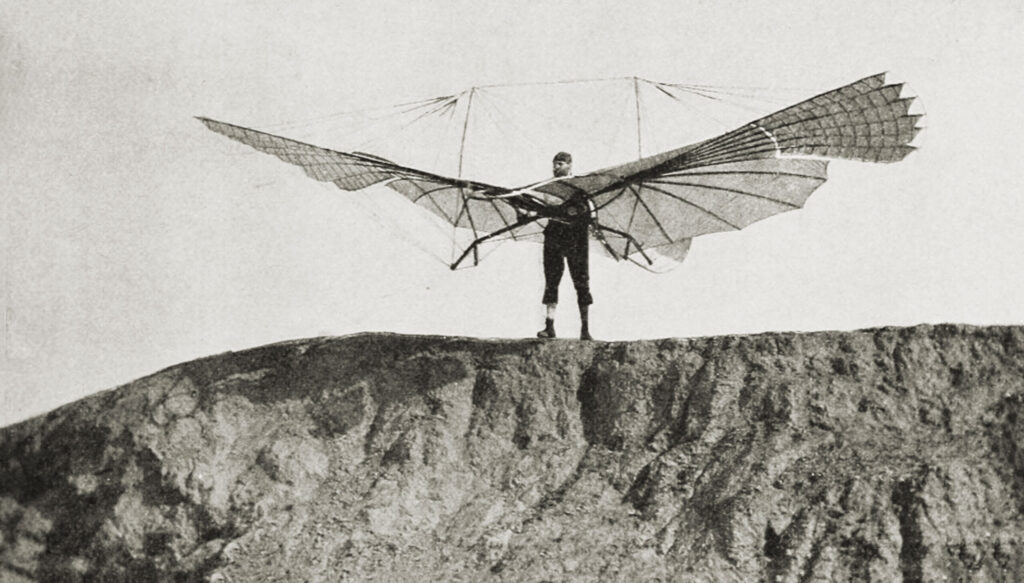
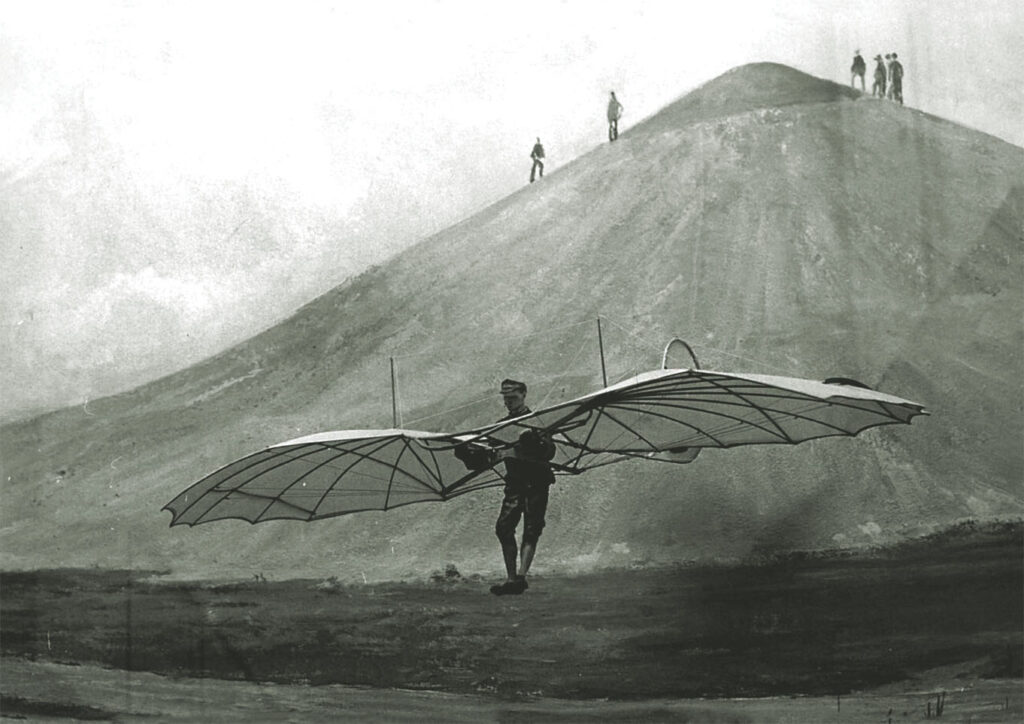
Wood watched from below, camera ready, as Lilienthal took three quick steps forward and was immediately airborne. “He went over my head at a terrific pace, at an elevation of about fifty feet, the wind playing wild tunes on the tense cordage of the machine….” It happened so fast that Wood didn’t have time to take a photograph. And then, in what Wood called a forerunner of the disaster to come, the glider tipped sideways. Lilienthal twisted his body violently in the opposite direction and “brought the machine once more on even keel, and sailed away below me across the fields at the bottom, kicking at the tops of the haycocks as he passed over them.” Wood ran over to Lilienthal, who was out of breath. “Did you see that?” Lilienthal said. “I thought for a moment it was all up with me. I tipped so, then so, and I threw out my legs thus and righted it.”
Wood was very impressed by what he had witnessed. “I have seen high dives and parachute jumps from balloons, and many other feats of skill and daring, but I have never witnessed anything that strung the nerves to such a pitch of excitement or awakened such a feeling of enthusiasm and admiration as the wild fearless rush of Otto Lilienthal through the air,” he wrote.
Undaunted by his near accident, Lilienthal climbed back up the hill again and again to take off and glide down to the grassy pastures below while Wood took photographs. Late in the afternoon, Wood “managed to screw up enough courage to try the machine.” He found it difficult even to hold the 40-pound machine steady as the wind battered the wings. “The first feeling is one of utter helplessness,” Wood wrote.
He stood on the side of the hill far below where Lilienthal had started his flights, trying to get a feel for the glider. “I ran slowly against the wind, the weight of the machine lightening with each step, and presently felt the lifting force. The next instant my feet were off the ground…the apparatus tipped from side to side a good deal, but I managed to land safely, much to my satisfaction, and immediately determined to order a machine for myself and learn to fly.” Wood’s second attempt was less successful, as one of the wings dragged across the ground and he could not get airborne.
On the trip back to Berlin, Lilienthal discussed his plans with Wood. He hoped someday to construct a flying rink in Berlin “with an artificial slope which could be turned so as to always face the wind. Here people could come and hire machines and learn to use them, commencing with small elevations and gradually going higher up the slope, as practice gave them skill.” The proposed flying rink would serve as a laboratory of sorts, as Lilienthal would learn from the visitors and improve his gliders. He compared the development of the glider to that of the bicycle, saying that since no single person was responsible for the design of the bicycle, it “must be the same with the flying machine.”
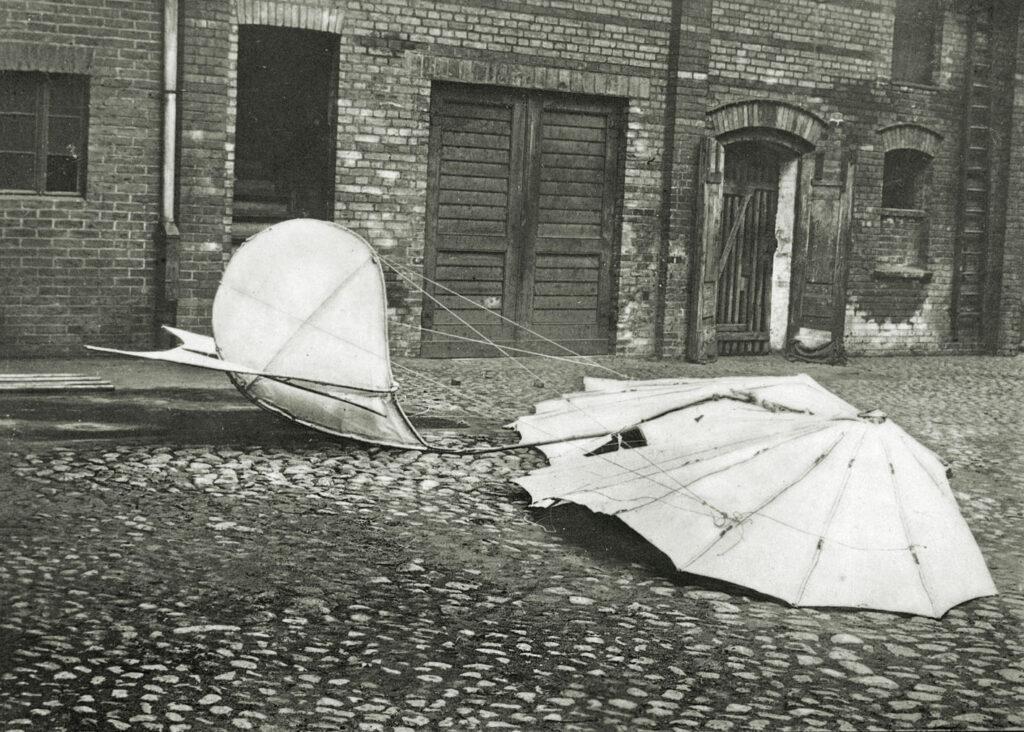
A week later, Lilienthal made the trek to Rhinow to continue his weekly test flights. According to newspaper reports, he was about 50 feet in the air on one flight when disaster struck. “Suddenly his machine stopped and Lilienthal threw himself toward the rear,” newspapers reported. “The apparatus turned several somersaults and finally shot down like a rocket, Lilienthal striking the ground head first.” He died a day later, leaving behind a wife and four children. According to legend, his final words were: “Mine is the true inventor’s death; I am satisfied to die in the interest of science.” Another version is: “Sacrifices must be made.” It’s doubtful he said either.
Wood believed his friend had begun work that would ultimately lead to powered flight. He wrote, “If the unfortunate death of the pioneer does not deter others from experimenting along these lines, and it does not seem to me that it should, the results accumulated by him will not be lost and he will not have given up his life in a vain cause.”
Chanute remained as the thread that would connect Lilienthal to the Wright brothers. After his experiments with Lilienthal’s glider, Chanute went on to build gliders of his own design, and eventually met and advised the Wrights in the years leading up to their first successful flights. “Of all the men who attacked the flying problem in the 19th century, Otto Lilienthal was easily the most important,” wrote Wilbur Wright in a posthumous article that appeared in the September 1912 issue of the Aero Club of America Bulletin a few months after his death. “His greatness appeared in every phase of the problem.”
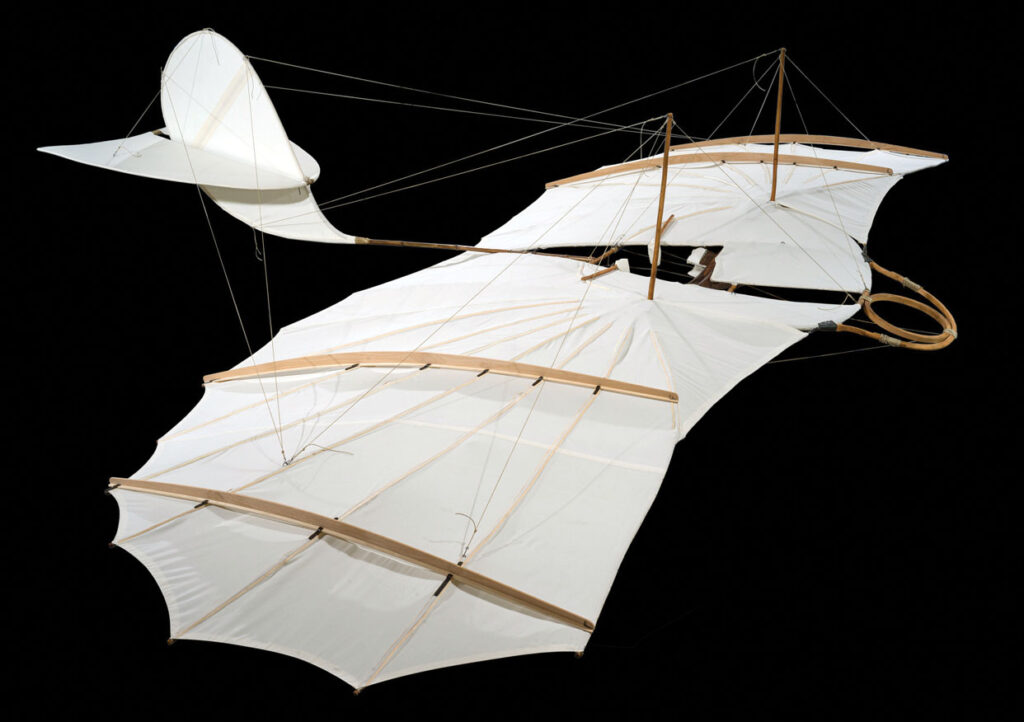
Augustus Herring continued his own research in aviation and on October 22, 1898, supposedly flew a powered glider he had designed. Later he partnered with aviation pioneer Glenn Curtiss to form the Herring-Curtiss Company.
Gustav Lilienthal continued to work on their concept for a wing-flapping aircraft. It was never successful. The “other Lilienthal” did find success in the housing industry as one of the pioneers of prefabricated housing. He died in 1933.
Wood had a long and successful career as a physics professor at Baltimore’s Johns Hopkins University. He was one of the inventors of tear gas, became a pioneer in the field of ultraviolet and infrared rays and served as a consultant on the Manhattan Project. Wood never forgot his time with Lilienthal and gave lectures over the years on the man and his machines. In 1907, perhaps inspired by Lilienthal, he tried, unsuccessfully, to build a steam-powered helicopter. Wood died in 1955 after living long enough to see the airplane advance far beyond anything Otto Lilienthal could have imagined.

